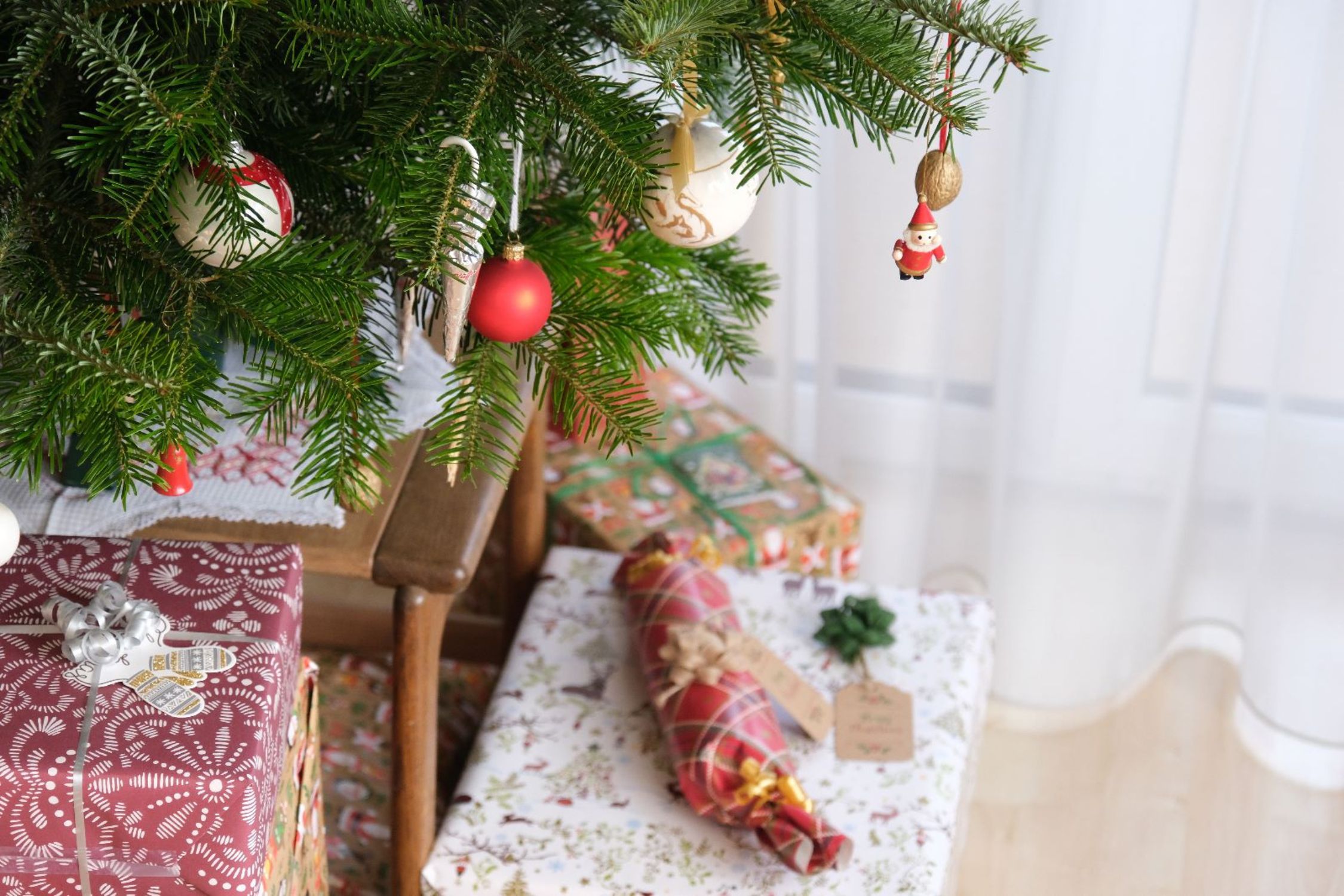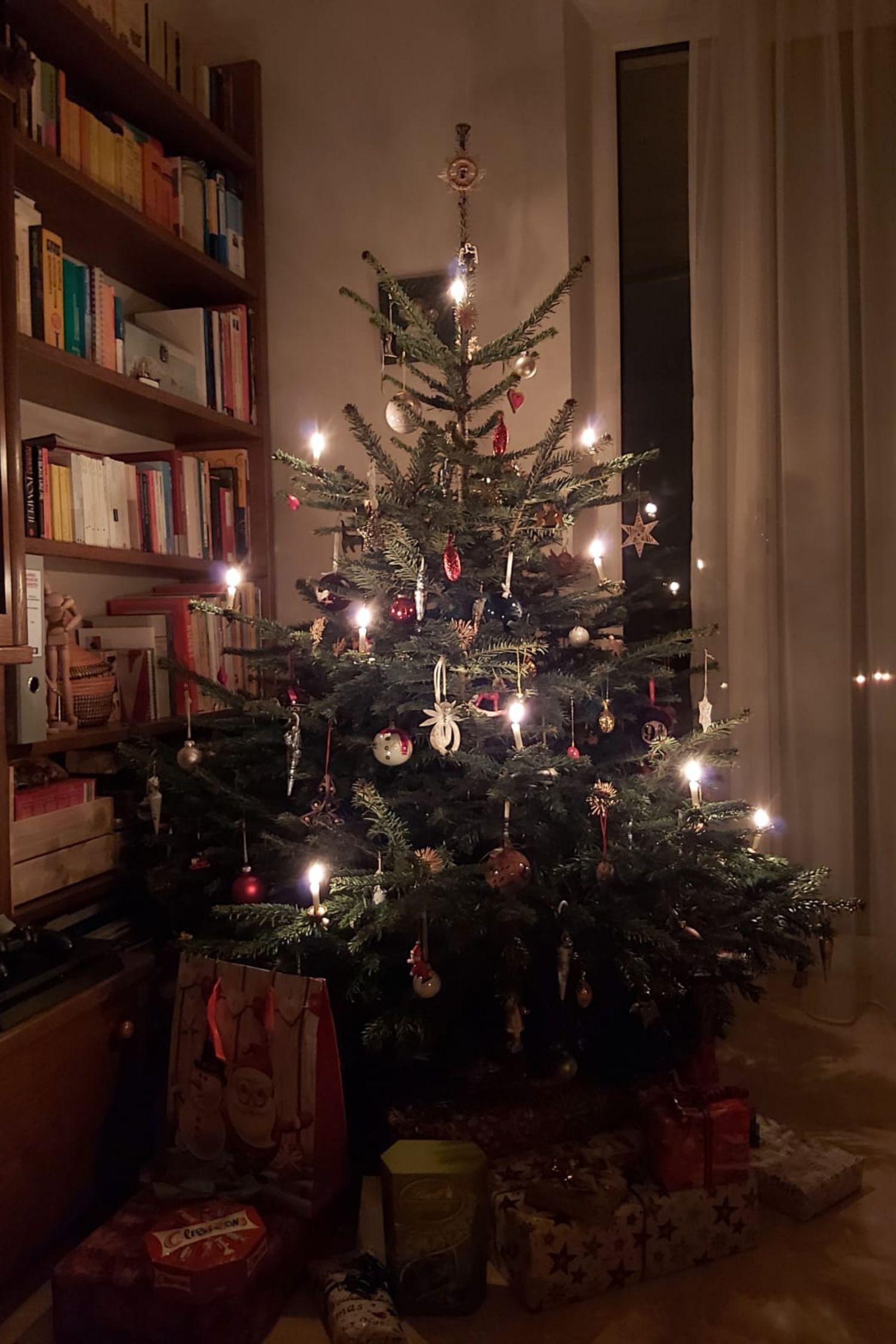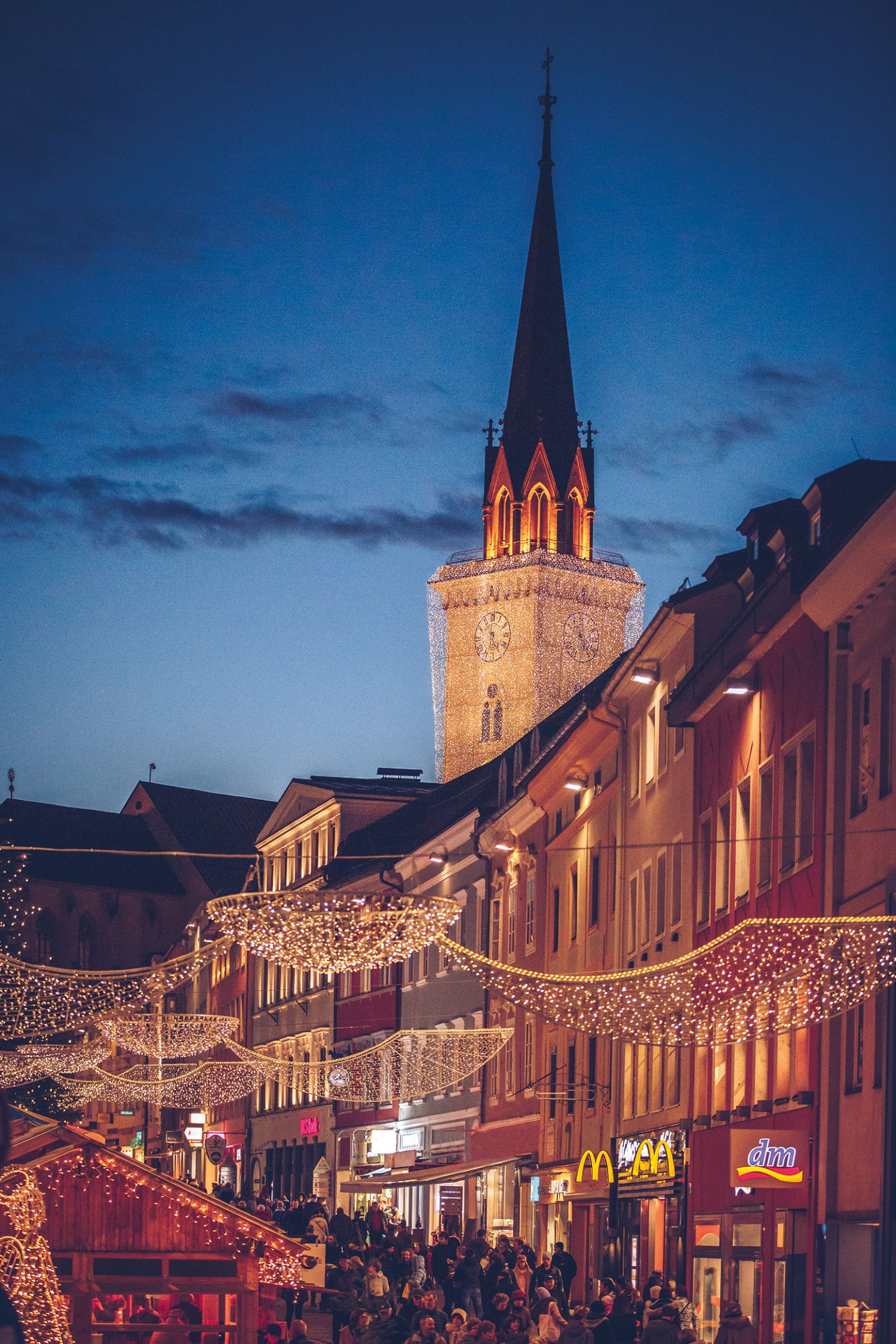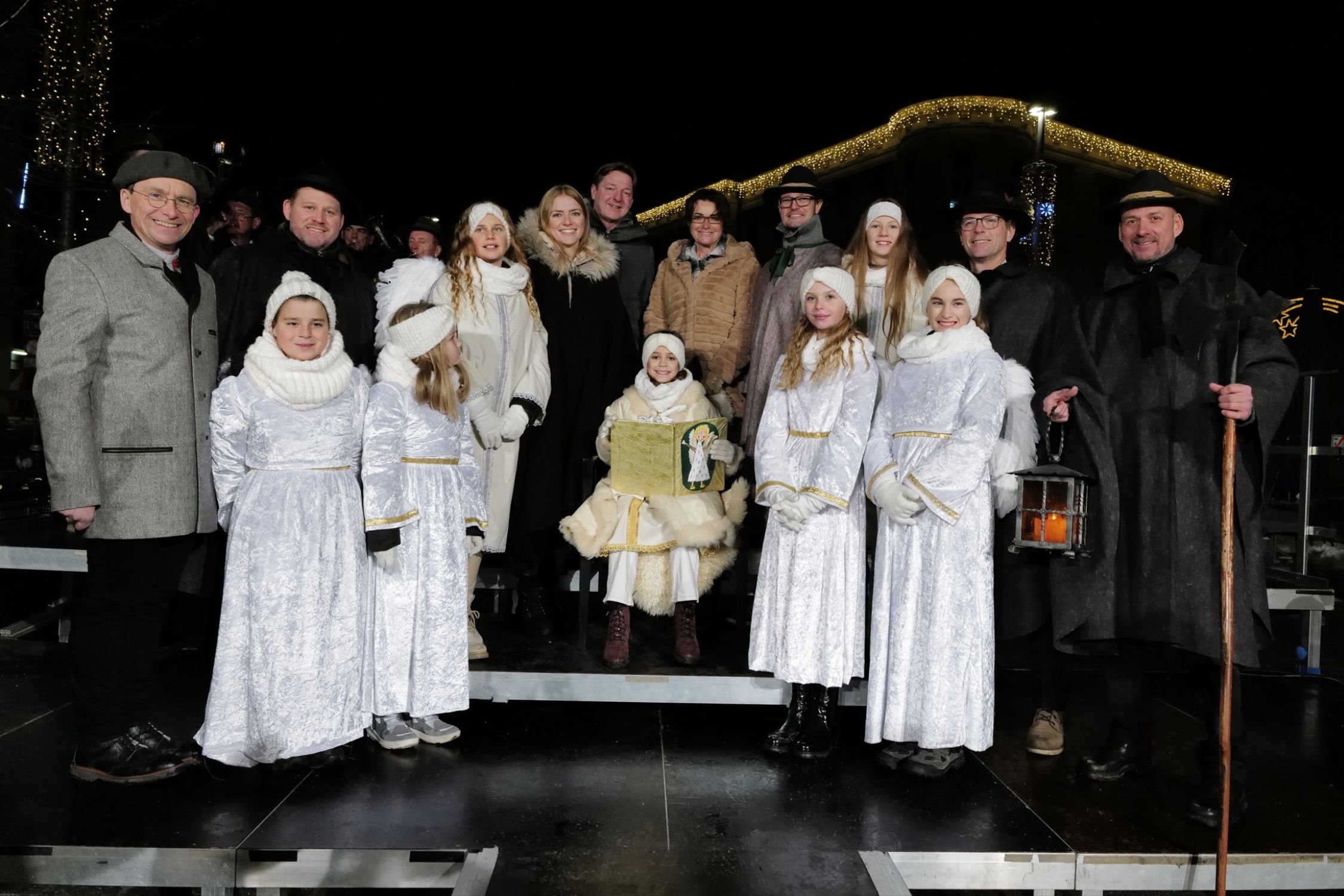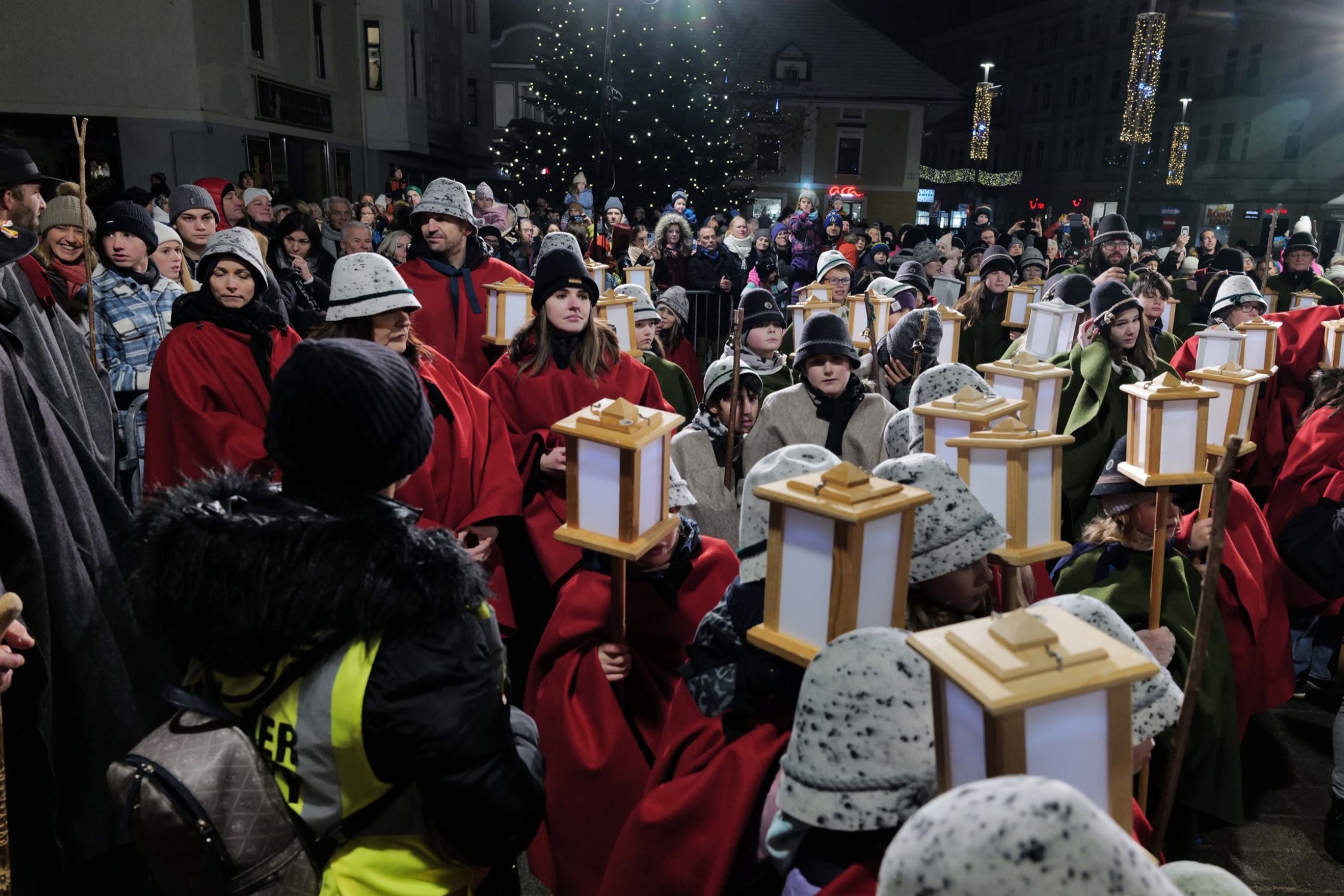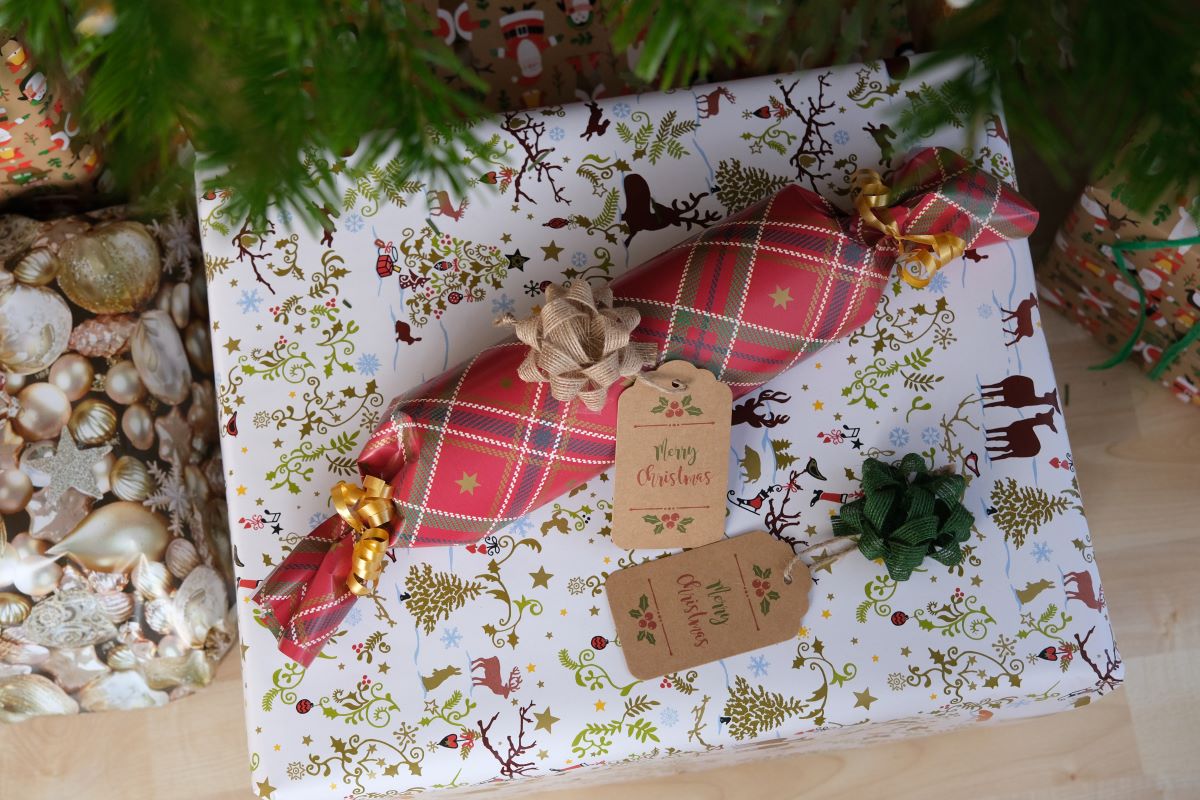CHRISTMAS TREES
One of the most prominent traditions that I have noticed so far, is the difference in when people put up their Christmas trees. In Canada, the first thing people do once it starts getting colder in November, is go to a Christmas tree farm and cut down your tree. We then bring it home and decorate it right away. While talking to some Austrian friends, I have learnt that this act of putting up your Christmas tree is most often done on the 24th, Christmas Eve. This is something I found to be a big difference in traditions, and obviously there is no right or wrong way.

